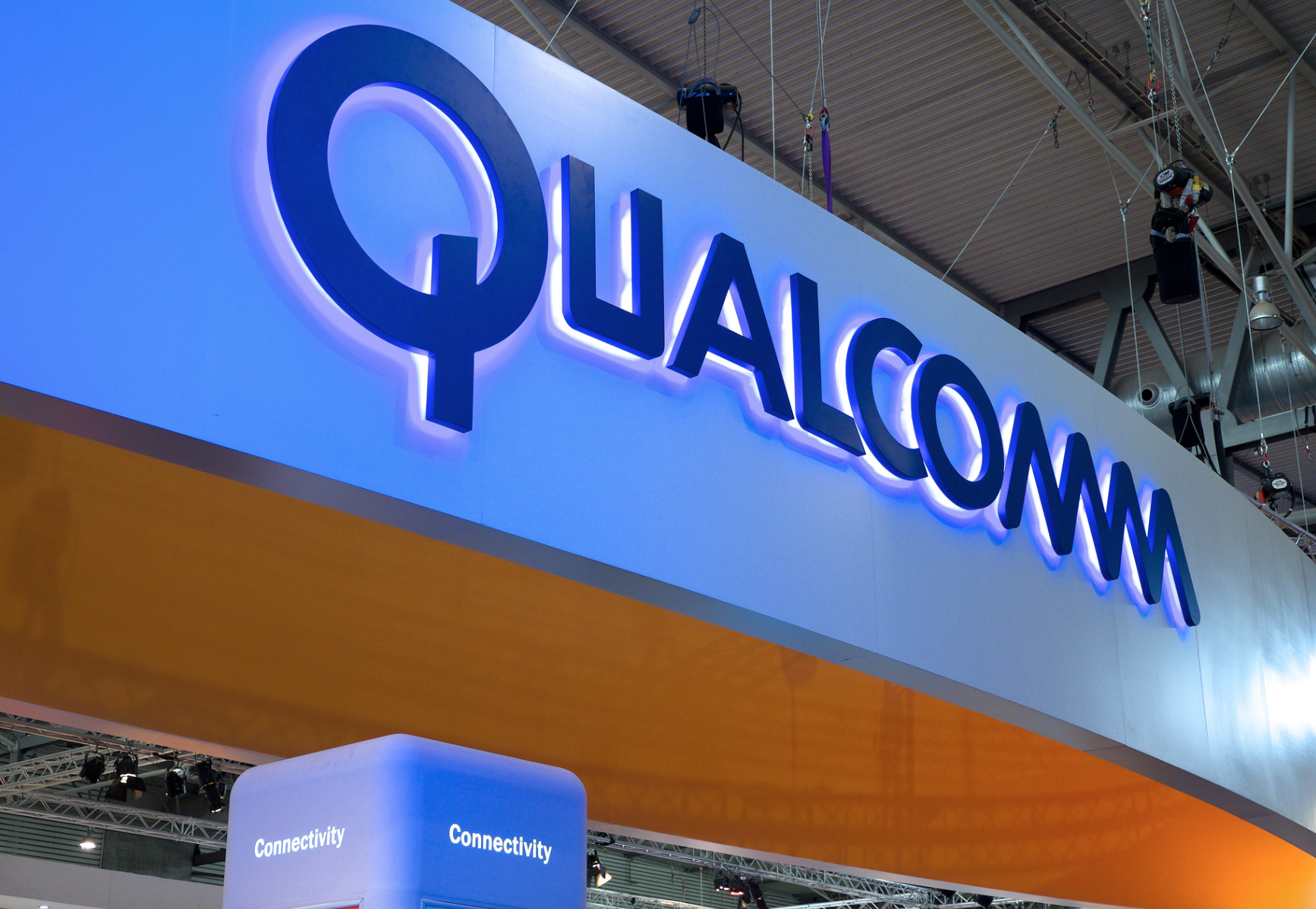This post was originally published in the April 2018 issue of Governing magazine.
Last month the Trump administration killed the $117 billion sale of wireless tech giant Qualcomm to Singapore-based Broadcom. In blocking the hostile takeover of the company, the president cited national security concerns. But the move raised a host of broad-ranging questions about protectionism, international competition and America’s imperiled future as a global technological leader.
In San Diego, where Qualcomm is based, most of the handwringing over the looming sale focused on something else: the local economy. The fear was that Qualcomm’s pervasive impact on the San Diego economy -- along with the generous philanthropy of the company’s founder, Irwin Jacobs -- might vanish overnight.
As a former planning director for the city of San Diego, I understood the angst. After all, a good part of my job had been making sure that Qualcomm was happy, because no business is more important to San Diego. The company employs 15,000 people at an average salary of over $100,000 per year.
But even now that it looks like Qualcomm is here to stay, it’s worth taking a moment to think about San Diego’s attitude about the possibility of losing its local economic superstar. And to that end, I’d like to invoke my own law of economic development, which states that the best test of an economic development strategy is not how successful the business is, but what assets the city has left when the business leaves town. By that standard, San Diego is an enormous winner no matter what happens with Qualcomm at some point down the road.
The company itself is a spinoff of the University of California, San Diego, where Jacobs and the other company founders taught. Since then, the wealth created by Qualcomm has been invested in San Diego many times over -- not least by Jacobs himself, who has endowed a number of medical facilities at the university that have, in turn, spun off successful biotech companies. It’s a virtuous cycle that’s made San Diego an important center for tech and biotech industries.
If Qualcomm ever does leave, it may lead to a short-term reduction in well-paid workers. But it won’t change the fact that Qualcomm and its wealth have helped transform San Diego from a Navy town into a tech and biotech powerhouse.
Politicians always want to show they are producing jobs right now. But the truth is that when you lure a business to town, more likely than not you’re renting those jobs. What’s harder for urban politicians to grasp is that investing in long-term economic assets will produce more jobs and more wealth in the future -- even if the company leaves town. That’s why it’s important for business, civic and educational leaders to embrace the long-term model of economic development. Every city is better off in the long run.

